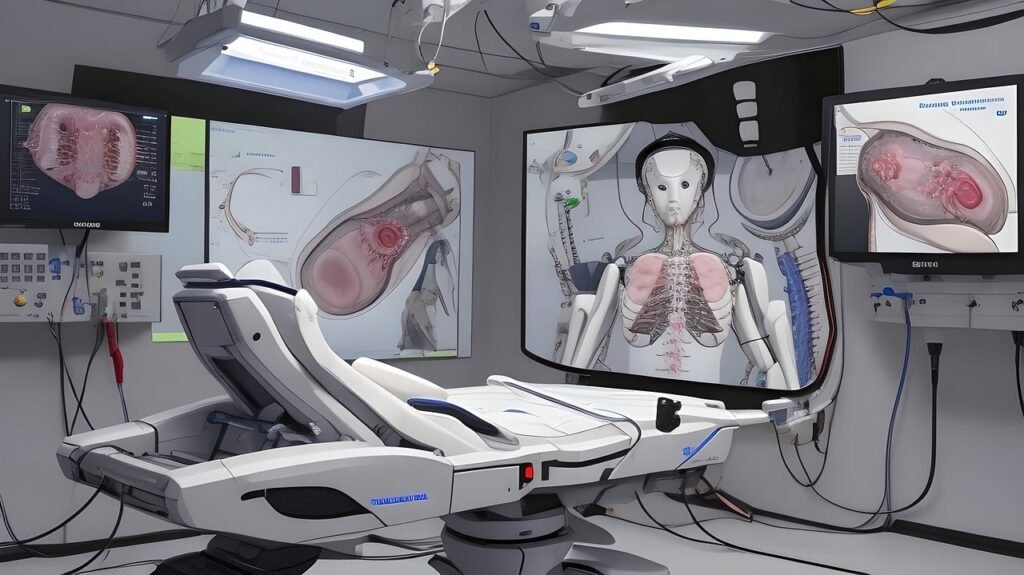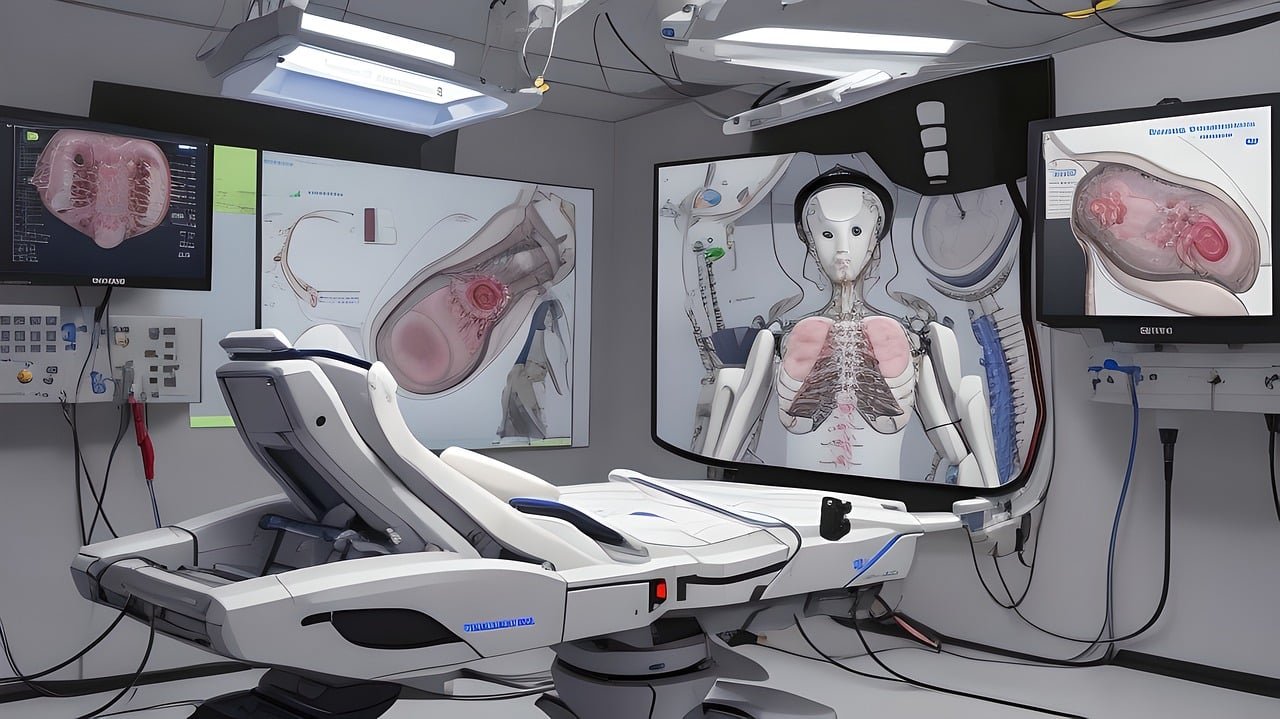Have you ever wondered how your favorite pair of socks is made? The sock industry has witnessed a dramatic transformation in recent years, thanks to remarkable technological advancements in manufacturing. From innovative automated systems to cutting-edge materials, these revolutions are reshaping the way socks are produced. In this article, we will explore the game-changing developments that are revolutionizing the sock industry and revolutionizing the way we think about this humble garment. Get ready to be amazed by the incredible strides that technology has made in the world of socks!

This image is property of pixabay.com.
Introduction
The sock industry has come a long way in terms of technological advancements, revolutionizing the manufacturing process and raising the bar for efficiency, quality, and innovation. In this article, we will explore the impact of automation, 3D printing, smart fabrics, data analytics, supply chain management, sustainability practices, virtual reality, augmented reality, and blockchain technology on the sock industry. These advancements are reshaping the way socks are produced, enabling customization, improving comfort and performance, ensuring sustainability, and enhancing customer experiences.
Automation and Robotics
Automation has significantly transformed the sock manufacturing process, leading to faster and more efficient production. With the integration of robotic systems, tasks that were once performed manually can now be accomplished with greater precision and accuracy. This has not only increased productivity but also reduced the need for human labor, resulting in substantial cost savings for manufacturers. Additionally, robotic systems have improved quality control measures, ensuring that each sock meets the required standards before being shipped to consumers.
3D Printing
The introduction of 3D printing in sock production has opened up a world of possibilities in terms of customization and personalization. This technology allows manufacturers to create unique and tailored designs that cater to individual preferences and requirements. Furthermore, 3D printing reduces wastage of materials compared to traditional manufacturing methods, as only the necessary amount of material is used for each sock. Faster prototyping and product development are also facilitated by 3D printing, enabling manufacturers to bring new sock designs to market more quickly. There is also immense potential for on-demand manufacturing, where socks can be printed as and when needed, minimizing inventory costs.
Smart Fabrics and Materials
The integration of technology into sock fabrics has brought about a revolution in terms of comfort, performance, and functionality. Smart fabrics are designed to enhance the wearer’s experience by incorporating features such as moisture-wicking and odor control properties. These fabrics help keep feet dry and fresh, especially during physical activities. Temperature and pressure regulation are additional benefits of smart fabrics, ensuring optimal comfort throughout the day. Moreover, wireless connectivity and smart features are being incorporated into socks, enabling them to interact with other devices and applications. The application of smart fabrics is particularly valuable in the sports and healthcare sectors, where athletes and patients can benefit from the advanced functionalities provided.
Data Analytics and Machine Learning
Data analytics and machine learning have found their way into the sock manufacturing industry, revolutionizing processes and improving overall efficiency. By analyzing data collected from various stages of production, manufacturers can gain valuable insights and predict demand patterns, enabling better inventory management and production planning. Machine learning algorithms can optimize production processes, leading to improved quality assurance and defect detection. These technologies also enable manufacturers to detect any manufacturing issues quickly, minimizing potential losses and ensuring that only top-quality socks reach consumers.
Supply Chain and Logistics
The application of technology in supply chain and logistics has streamlined operations within the sock industry. Real-time tracking and monitoring of goods allow manufacturers to have complete visibility over the movement of their products, ensuring efficient order fulfillment and delivery. Furthermore, inventory management and demand planning can be more accurately carried out, minimizing wastage and optimizing storage space. With efficient supply chain and logistics practices, manufacturers can reduce lead times and costs, ultimately benefitting both the company and the consumers.
Sustainability and Eco-Friendly Practices
In recent years, there has been a growing emphasis on sustainability and eco-friendly practices within the sock industry. Manufacturers are increasingly implementing sustainable manufacturing processes, reducing water and energy consumption, and minimizing their environmental footprint. Furthermore, the use of recyclable and biodegradable materials in sock production is gaining traction, ensuring that socks do not contribute to the global waste crisis. Waste management and recycling initiatives are also being implemented to handle any material waste generated during the manufacturing process. Consumer awareness and rising demand for eco-friendly socks are driving manufacturers to adopt sustainable practices and provide environmentally conscious options to customers.
Virtual Reality and Augmented Reality
Virtual reality (VR) and augmented reality (AR) technologies are transforming the way socks are designed, manufactured, and marketed. Designers can utilize VR and AR to create virtual prototypes, enabling them to visualize and iterate upon concepts before a single sock is physically produced. This process enhances collaboration between designers, manufacturers, and other stakeholders. Moreover, virtual try-on experiences provide customers with an opportunity to visualize how socks will look and fit before making a purchase. Virtual reality also contributes to market research and consumer insights by gathering valuable feedback on potential designs, helping manufacturers cater to their target audience more effectively.
Blockchain Technology
Blockchain technology provides a secure and transparent way to track the entire supply chain of socks, from production to delivery. By utilizing blockchain, manufacturers can enhance supply chain transparency and traceability, ensuring that all stakeholders have access to accurate information about the origins of the product and the materials used. This technology can also help authenticate the authenticity of socks and protect against counterfeit products, enhancing consumer trust and brand reputation. Blockchain has the potential to revolutionize the sock industry by providing a reliable and immutable record of each sock’s journey, ensuring that customers receive genuine products.
Challenges and Future Outlook
While technological advancements offer numerous benefits to the sock industry, there are also challenges that need to be addressed. Cost implications and investment requirements can be significant barriers for manufacturers looking to adopt new technologies. Additionally, the training and upskilling of the workforce to handle these advanced systems must be prioritized. Integrating multiple technologies seamlessly and efficiently is another challenge that manufacturers need to navigate. However, despite these obstacles, the future outlook for the sock industry is promising. There is immense potential for further innovation and growth through the continued development and integration of these technologies. The sock industry is well on its way to revolutionizing the way socks are produced, designed, and experienced, offering consumers a diverse range of options that cater to their preferences, needs, and values.
